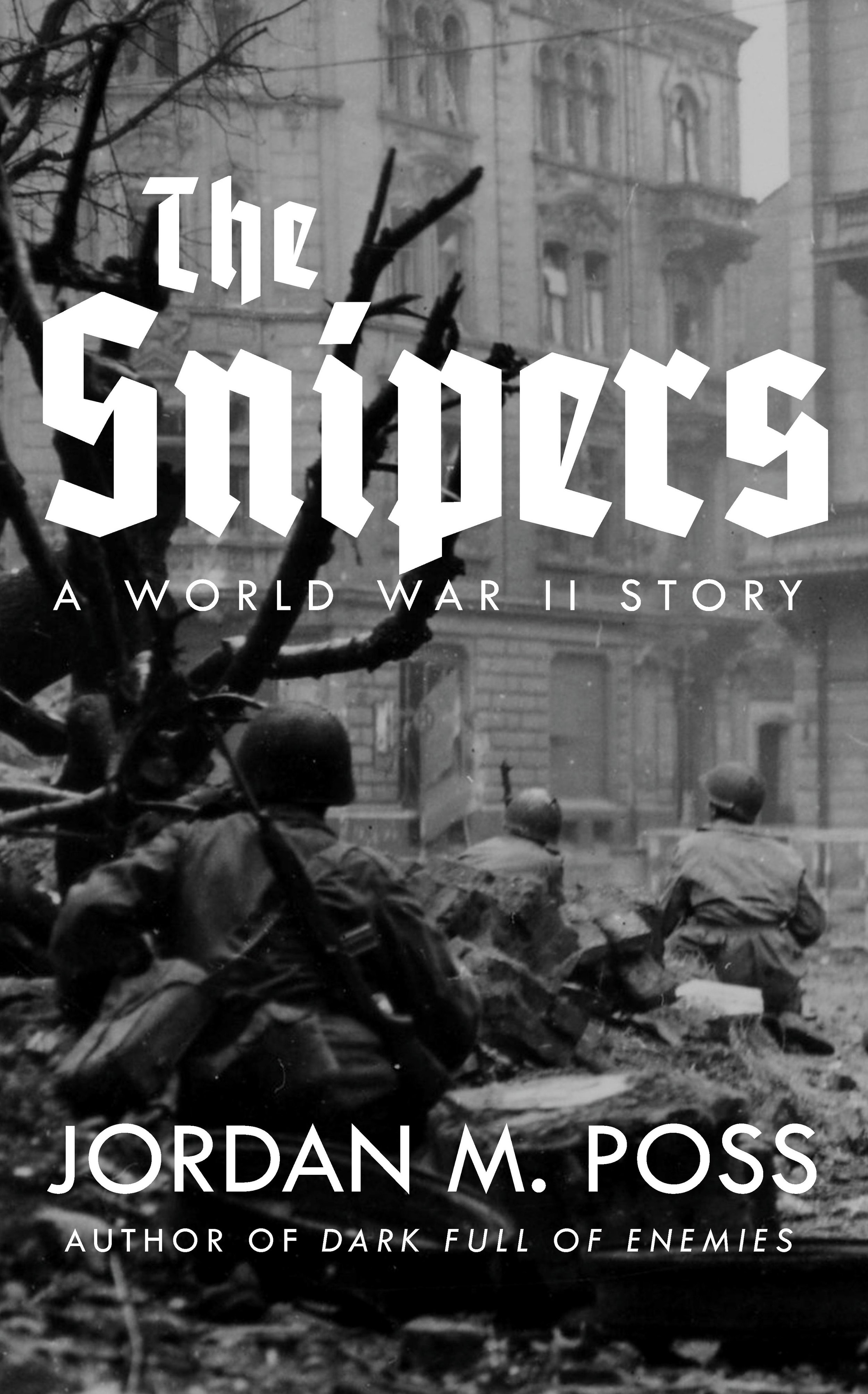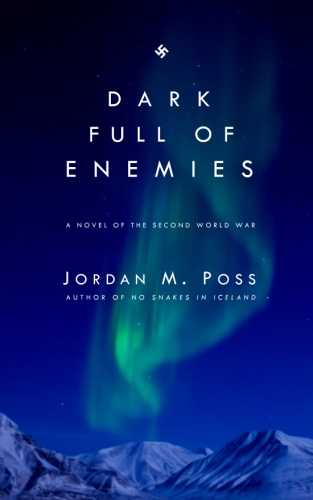Himmelfarb on Butterfield
/In “Does History Talk Sense?” an essay on philosopher Michael Oakeshott in The New History and the Old, Gertrude Himmelfarb pauses to compare Oakeshott to Herbert Butterfield and his classic of historiography The Whig Interpretation of History:
Published in 1931, . . . Butterfield’s little book has long been the most influential critique of the practical, present-minded, progressive, judgmental mode of history; indeed, its title is the accepted, shorthand description of that mode. Although Butterfield himself took the Whig historians as the classic exemplars of the Whig interpretation or “Whig fallacy,” the concept is now understood generically to apply to any present-minded or future-minded reading of the past. The fallacy, as he describes it, has two sources: the distortions that come from the processes of selection, abridgment, generalization, and interpretation that are inevitable in the writing of history; and the natural tendency to read the past in terms of the present—to select, abridge, generalize, and interpret in accord with the knowledge of hindsight and the predisposition of the historian.
That’s just about the best one-sentence summary of the main points of Butterfield’s book. Himmelfarb follows up with a couple of important caveats:
In both respects the fallacy pertains to the writing of history, not to the past itself. And while Butterfield adjures the historian to be wary of that fallacy and to avoid it as far as possible, he does not take it as vitiating the independence and integrity of the past. The evidence of the past, the historical record, is inadequate and inaccurate, and the historian’s use of it inevitably aggravates these flaws. Yet the past itself is real and objective, and it is this past that the historian tries to discover and reconstruct. If the ideal always eludes him, it never ceases to inspire him.
“The evidence of the past . . . is inadequate and inaccurate, and the historian’s use of it inevitably aggravates these flaws. Yet the past itself is real and objective, and it is this past that the historian tries to discover and reconstruct.”
“History” in the sense of historical records—documents, inscriptions, and the stuff we find in the dirt—is flawed, partial, and incomplete but, unlike the postmodernist, who takes imperfection as permission to regard all sources and reconstructions of the past as equally invalid fictions, Butterfield avoids the gravitational pull of this hermeneutic black hole by pointing out that even with all its flaws, history is reflective of real things that actually happened.
That they must be pieced together by scholars with their own limitations and that their work and our knowledge will inevitably be flawed in no way changes that. If anything, it increases the responsibility of the student of history. The past has its own “independence and integrity.” We do not construct it but attempt to seek, find, and recover it. Modern and postmodern theories—call them legion, for they are many—are in this way too puritanical. Failing to find perfection, they take the easy way out by writing off all of it.
A good summary by Himmelfarb an important part of The Whig Interpretation of History, a book I’ve seen badly misunderstood by those who—like this high-profile evangelical preacher and educator—grasp the first half of Butterfield’s insight but not the second. About time to reread it—and more of Himmelfarb’s essays.
(Oakeshott, Himmelfarb, Butterfield—what a great bunch of names!)




